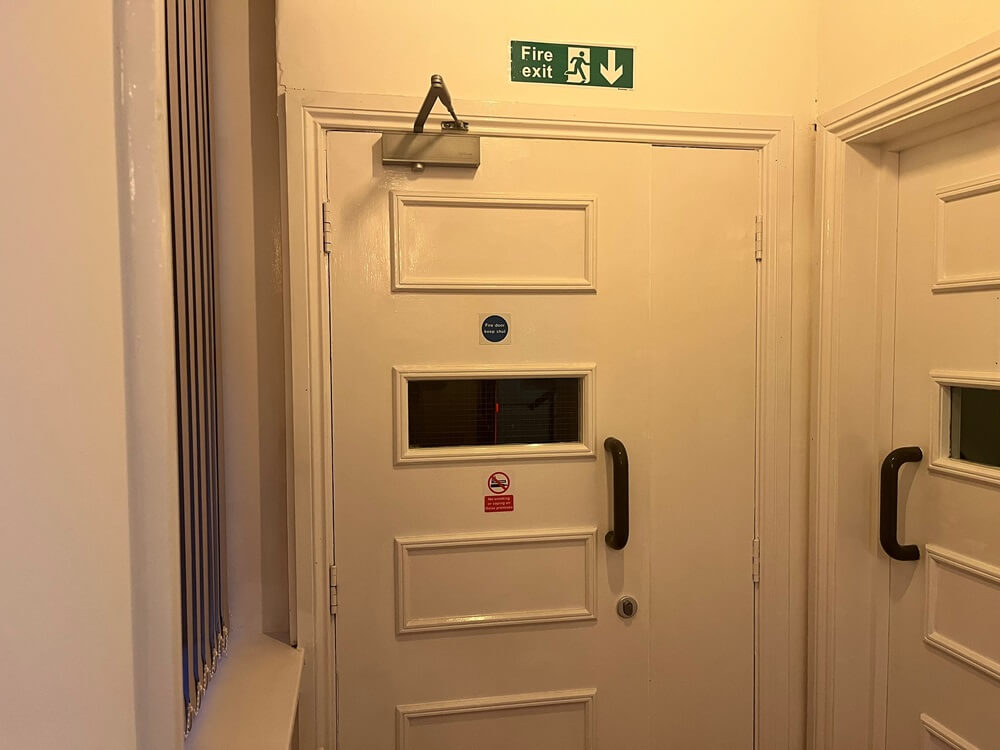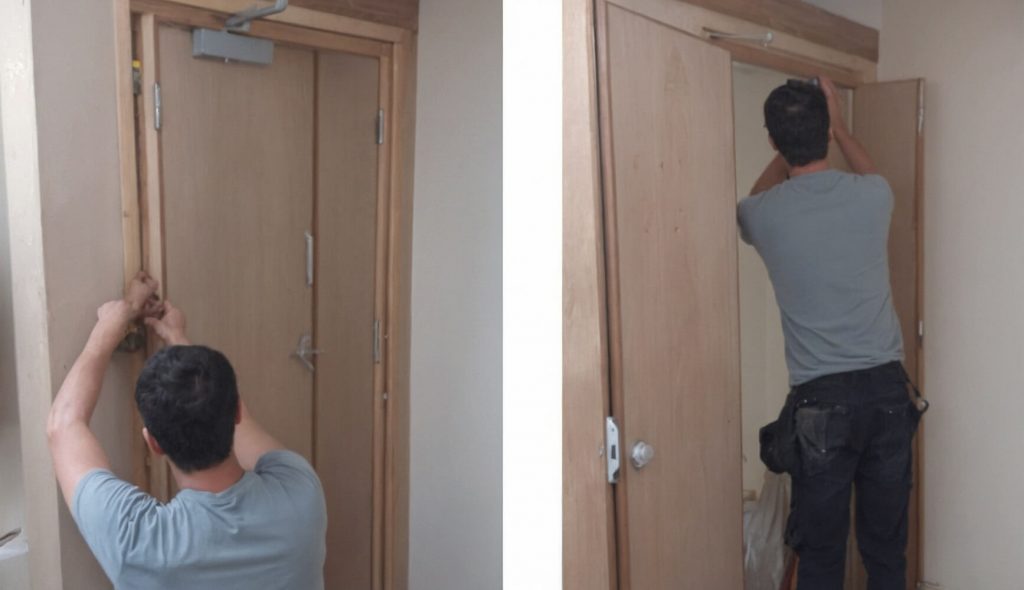It seems that whatever any of us in the fire safety industry write about, all roads inevitably lead back to the Grenfell Tower fire of June 2017 and the subsequent legislation that came out of that terrible disaster.
In terms of fire door safety, Grenfell was a game-changer. Following the on-going inquiry set up in the wake of the fire, the Government introduced new regulations (active from January 2023) which made it a legal requirement for responsible persons for all multi-occupied residential buildings in England with storeys over 11 metres in height to undertake quarterly checks of all fire doors (including self-closing devices) in the common parts AND undertake – on a best endeavour basis – annual checks of all flat entrance doors (including self-closing devices) that lead onto a building’s common parts.
These fire safety regulations also require the same ‘responsible persons’ (which includes building owners and people who manage buildings on behalf of others) to provide to residents of all multi-occupied residential buildings with two or more sets of domestic premises (that have common parts) information on the importance of fire doors to a building’s fire safety.

Why are fire doors important to a building’s safety?
The Grenfell inquiry highlighted the fact that its fire doors didn’t perform as expected due to inadequate fire doors, lacking correct inspection and maintenance, and in particular the absence of self-closers throughout many entrance doors of individual flats. As we’ve said before, if a fire door doesn’t close, it simply cannot perform, thereby creating a potential fire risk.
Fire doors are installed for a variety of reasons, including legal compliance. They’re designed to limit the spread of fire within a building, acting as barriers to restrict fire and smoke moving through the building unchecked. They protect escape routes by keeping corridors and stairwells clear of fire, and limit toxic smoke from entering different areas of the building, reducing the risk of respiratory difficulties.
Why is it vital that fire doors are regularly checked?
Aside from the new legal requirements, regular fire door inspections are essential because any signs of wear and tear or damage can be quickly identified and dealt with. Also, regular checks ensure that fire doors have functioning hardware including self-closing devices and intumescent strips. A regular inspection will also make sure that the door is in good working order and properly aligned, making sure it closes properly and stops fire and smoke from spreading.

Who should carry out these inspections?
As the legislation states, it is ‘responsible persons’, including building owners and people who manage buildings on behalf of others, who should undertake these checks. However, we should stress that whoever carries out these inspections should be trained and competent – we’re aware of inspections that have been carried out shabbily and without proper training. Not following proper guidelines means risking the lives of the building’s occupants that you’re responsible for.
This is where we can help. Fire Doors Complete has years of experience working with timber-based fire doors and fire safety regulations. We aim to make every building safe and legal and educate property owners, building operators, fire door installers, maintainers and inspectors about the legislation surrounding fire doors in the UK.
We work with joinery companies, door fabricators, housing associations, builders, installers, landlords, facilities maintenance companies and healthcare and education institutions to ensure fire door safety compliance.
Contact us today on 07970 201 231 or use our online form for more information on our fire safety training, qualifications, inspections, and consultancy services.
